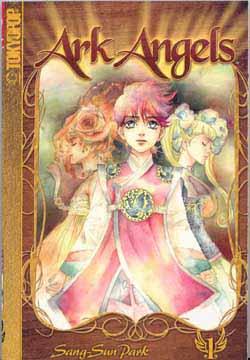 Â
Â
By Sang-Sun Park (Tokyopop)
ISBN 1-84576-452-8
This is the tale of Shem, Hamu and Japheth, three magical sisters from another dimension who have a mission to save the Earth. With their individual spirit totems they must rescue the last surviving members of endangered or nigh-extinct animal species and remove them to a wondrous and improbable Ark. The matter is complicated by the fact that they can communicate with the souls of all animals, and quite frankly, they’re often as screwed up and obnoxious as human beings.
Their omnipotent Lord has charged them with this mission, as each saved species will contribute to the overall salvation of the planet and the universe. To further this divine plan he has placed the sisters in an average Earth school so that they can better understand the world. Naturally this leads to lots of joy and embarrassment of the sort beloved by school-aged manga fans everywhere, but there is also an ever present danger from an unknown enemy, and the sisters’ mundane travails are compounded by sinister counter-agents from their home dimension intent on letting – or helping – Earth die!
This Shojo manga – or story for girls – is a breezy wheeze that is a blend of Powerpuff Girls and Charmed with lots of beautiful creatures, humanoid and otherwise, being clever and dramatic by turns. Although probably not to everyone’s taste the combination of slapstick and schooldays humour, plus the uplifting sentiment and ecological message of this magical romance is quite likely to carry the most cynical reader along for the ride.
© 2005 Sang-Sun Park and Tokyopop K.K. All Rights Reserved.

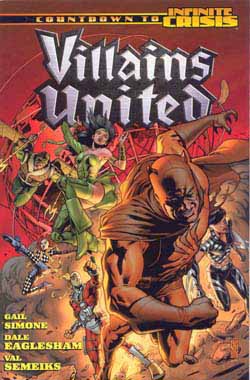
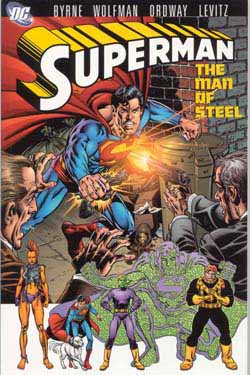 Â
 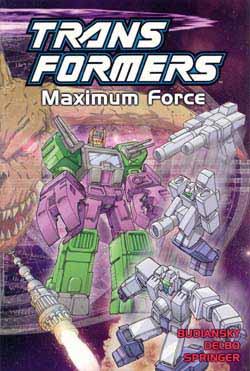 Â
 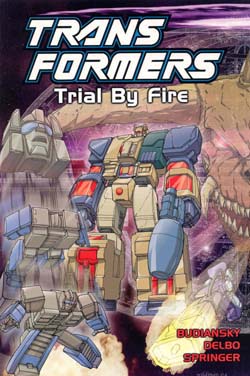 Â
 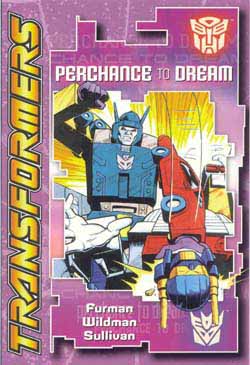 Â
 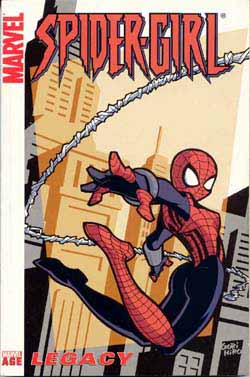 Â
 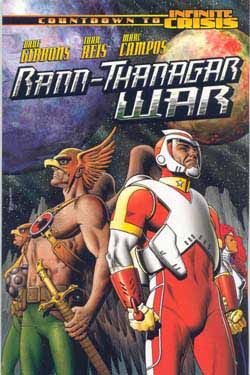 Â
 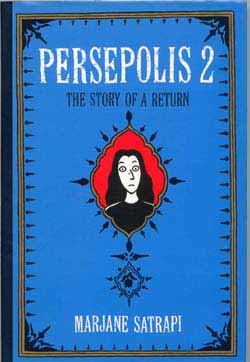 Â
 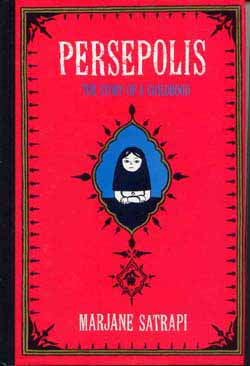 Â
Â